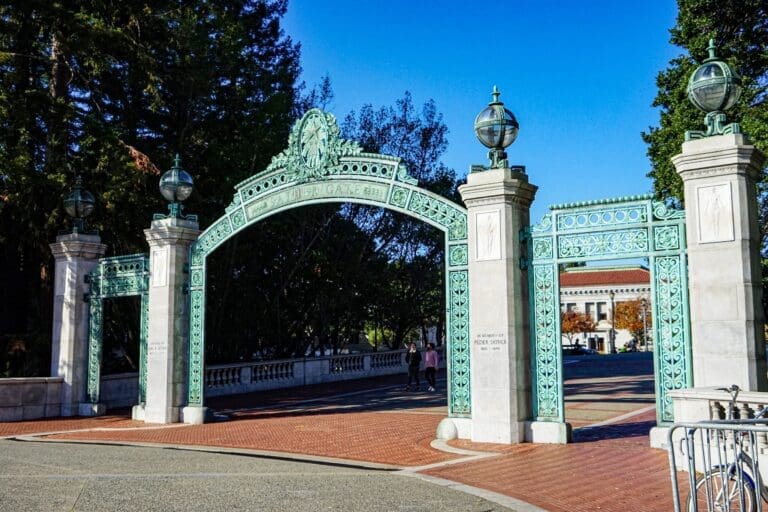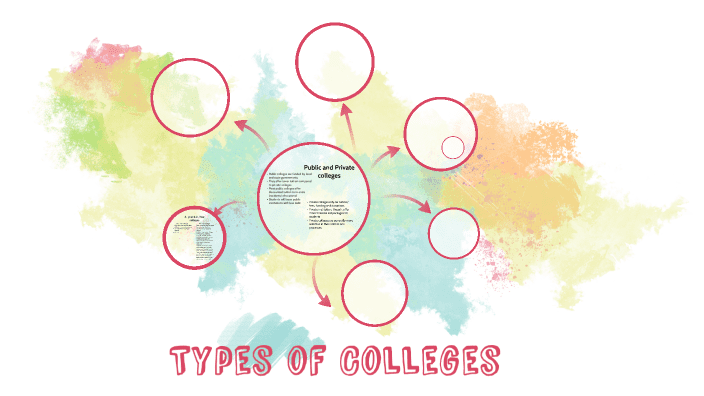Application rates to liberal arts colleges (LAC) like Williams, Amherst, Swarthmore, Pomona and Wellesley have surged in recent years. Popularly known as The Little Ivies, these colleges are different from larger research or technical universities for the following reasons:
An emphasis on broad-based education and interdisciplinary learning; a sole focus on undergraduate education and a low student-to-faculty ratio, with professors focusing more on teaching and mentoring than research; and (typically) a strong sense of community because of their residential campus environments.
The small sizes allow for a more personalized and academically rigorous style of learning. For example, Williams College’s Oxford tutorial system, adapted from Oxford University, engages individual students in “a dynamic academic discourse” with the tutor they are paired with. Students design a curriculum suited to their needs and interests and meet with tutors every week – these for the basis of “tutorial discussion”, which students are ultimately assessed on (along with other demonstrations for learning).
According to Forbes America’s Top Colleges List 2025—Best US Universities Ranked, Liberal Arts colleges like Williams College feature at #17, Claremont McKenna College at #19, Wellesley College at #23, and Amherst, Bowdoin, and Swarthmore all among the top 30.
Early decision acceptance trends
The acceptance rates of the LACs are lenient compared to Ivy League schools, but they remain highly competitive. Early Decision programs can significantly boost your chances of attending a top college. Take Williams College as an example: while the overall acceptance rate for the Class of 2026 was 8.51%, the Early Decision acceptance rate was substantially higher at 31.3%. Although the Early Decision rate for the Class of 2027 dropped to 27%, the lowest in Williams’ history, it still far exceeds the Regular Decision acceptance rate. This reflects the growing competition in the admission process, partly driven by the test-optional policies embraced by the colleges. (The Williams Record)
Another example is Amherst College, which received 736 Early Decision applications, similar to the previous year’s figures. The Early Decision acceptance rate was approximately 26%, which is significantly higher than the Regular Decision acceptance rate(College Gazette)
How to increase your chances in ED.
With a year-on-year increase in applications, applying early is a strategic way to increase your admission chances. Colleges like to see students committing early to their colleges as it helps them determine the class size, look at diversity, and manage their yield. Doing an ED is a big decision, hence you need to be a hundred percent sure that you would like to study in that college. However, it would help if you kept a few things in mind before you make this decision.
When applying to Liberal Arts colleges — especially in this competitive scenario — it is critical for you to know how each school is unique. Check the majors, the research opportunities, and the opportunities they offer for students to flourish. Researching the college gives you ample understanding of whether the college culture and values resonate with you. Ivy Central always here to help you.
Despite colleges becoming test-optional, most admitted students had submitted their test scores. These schools also report high academic standing. Liberal education fosters the quality of being “open” to learning new things and analyzing cultural directions. Rigorous academics are blended with a focus on critical thinking and diversity. The hallmark of liberal arts colleges is their small class size, vibrant campus communities, and emphasis on close student-faculty interactions. Despite the test-optional policies, the standards among admitted students with competitive SAT/ACT scores and GPAs are very high.
Colleges look for students who are willing to push themselves with challenging coursework. Cultivating your interests in high school and enrolling in summer schools offer additional advantages to students.
List of liberal arts colleges in the United States – Wikipedia
Analysis of Acceptance Rates- 2020-2024- Part 1-The Ivy Leagues | Ivy Central






